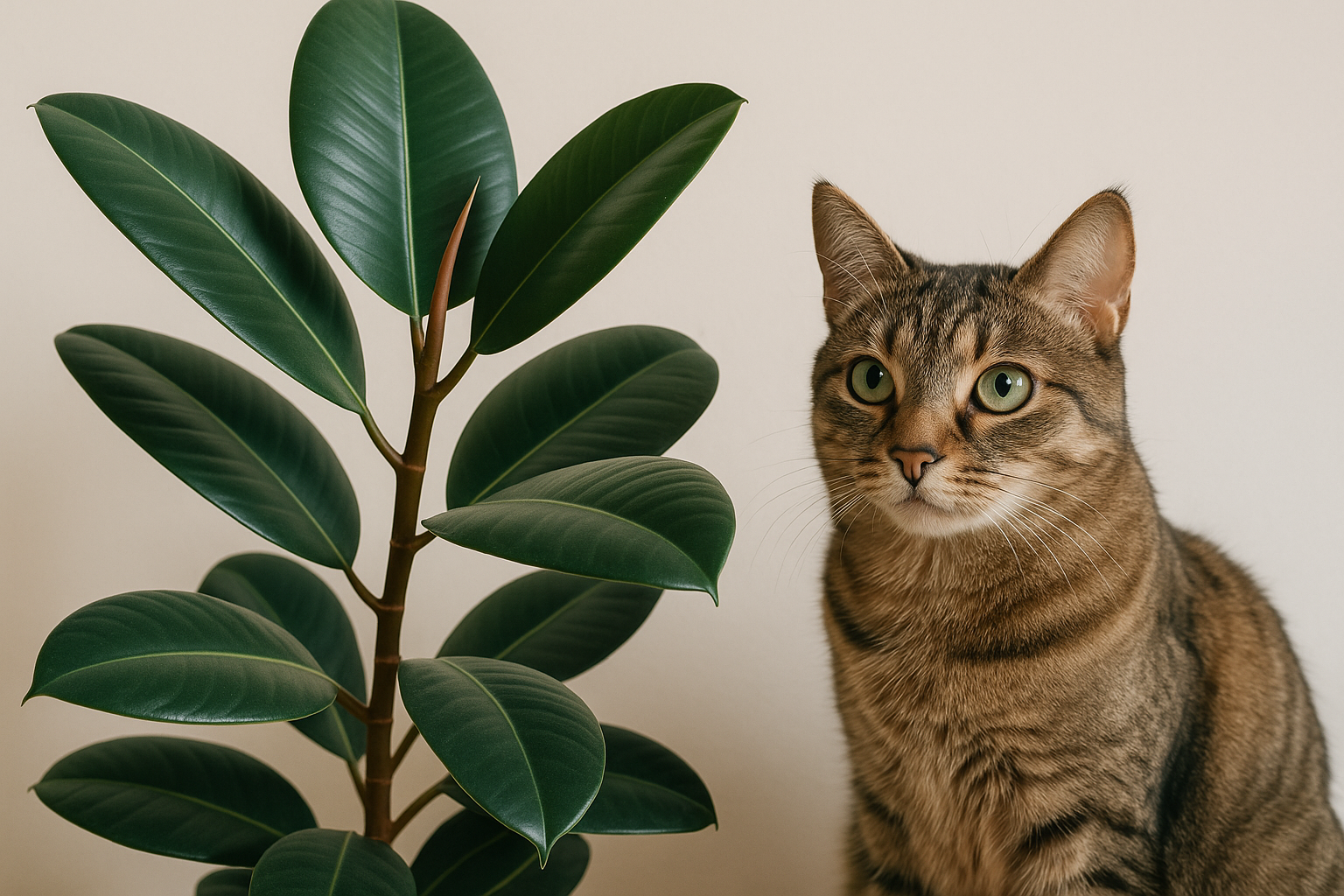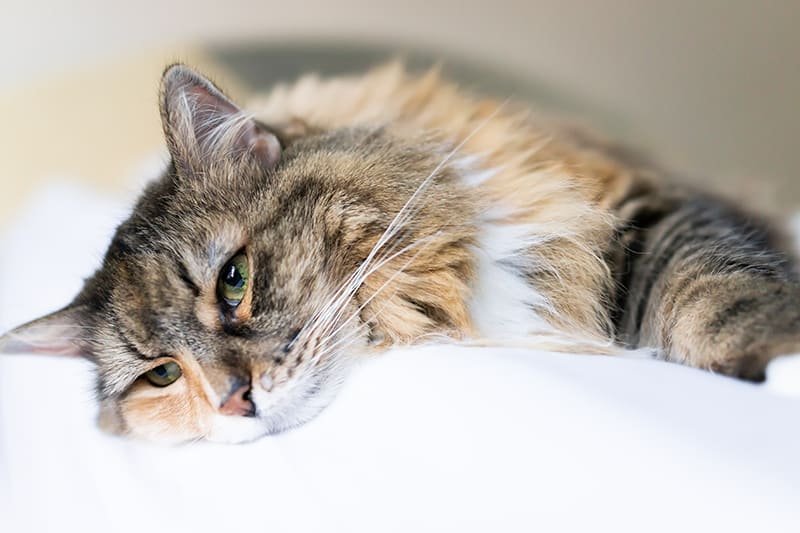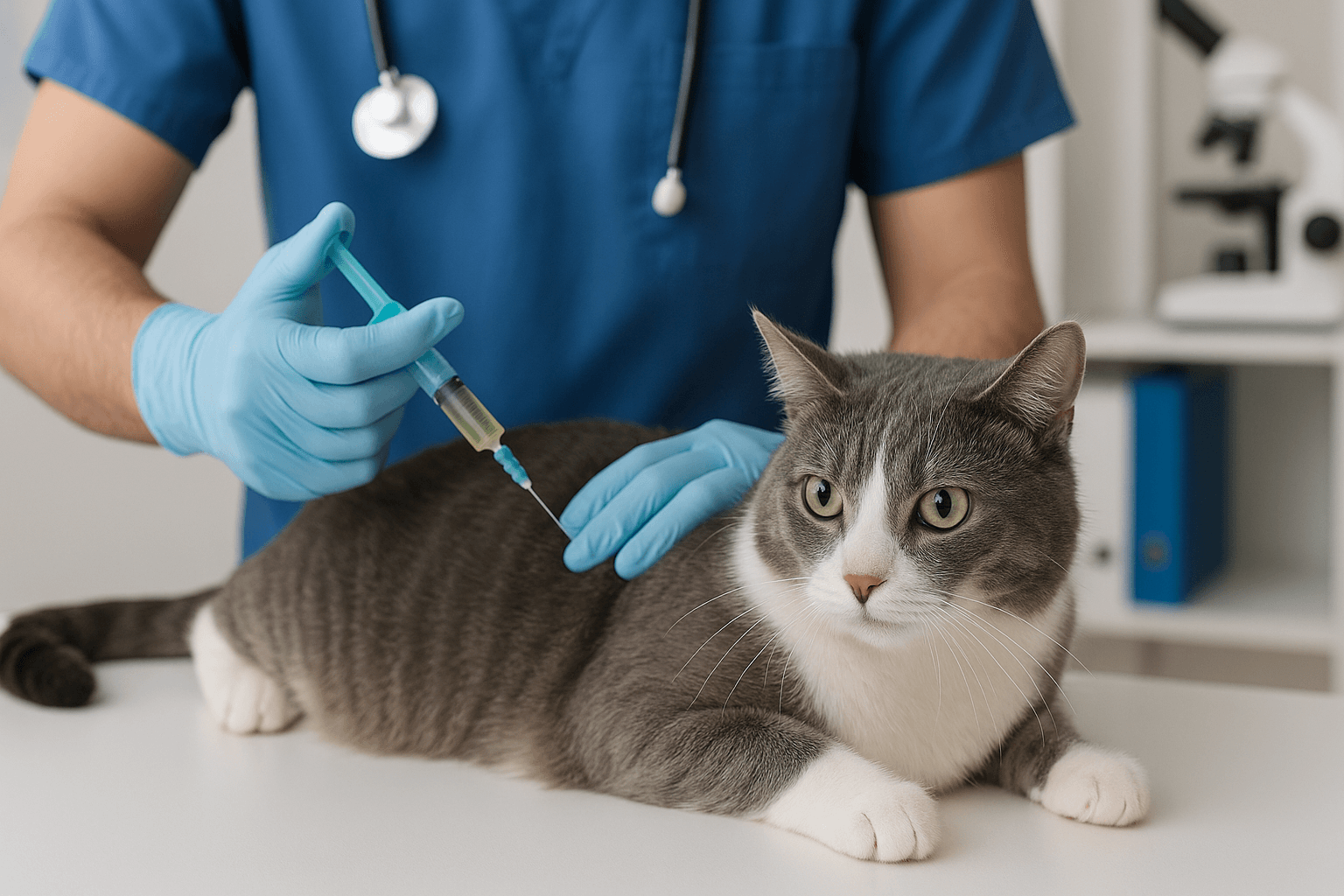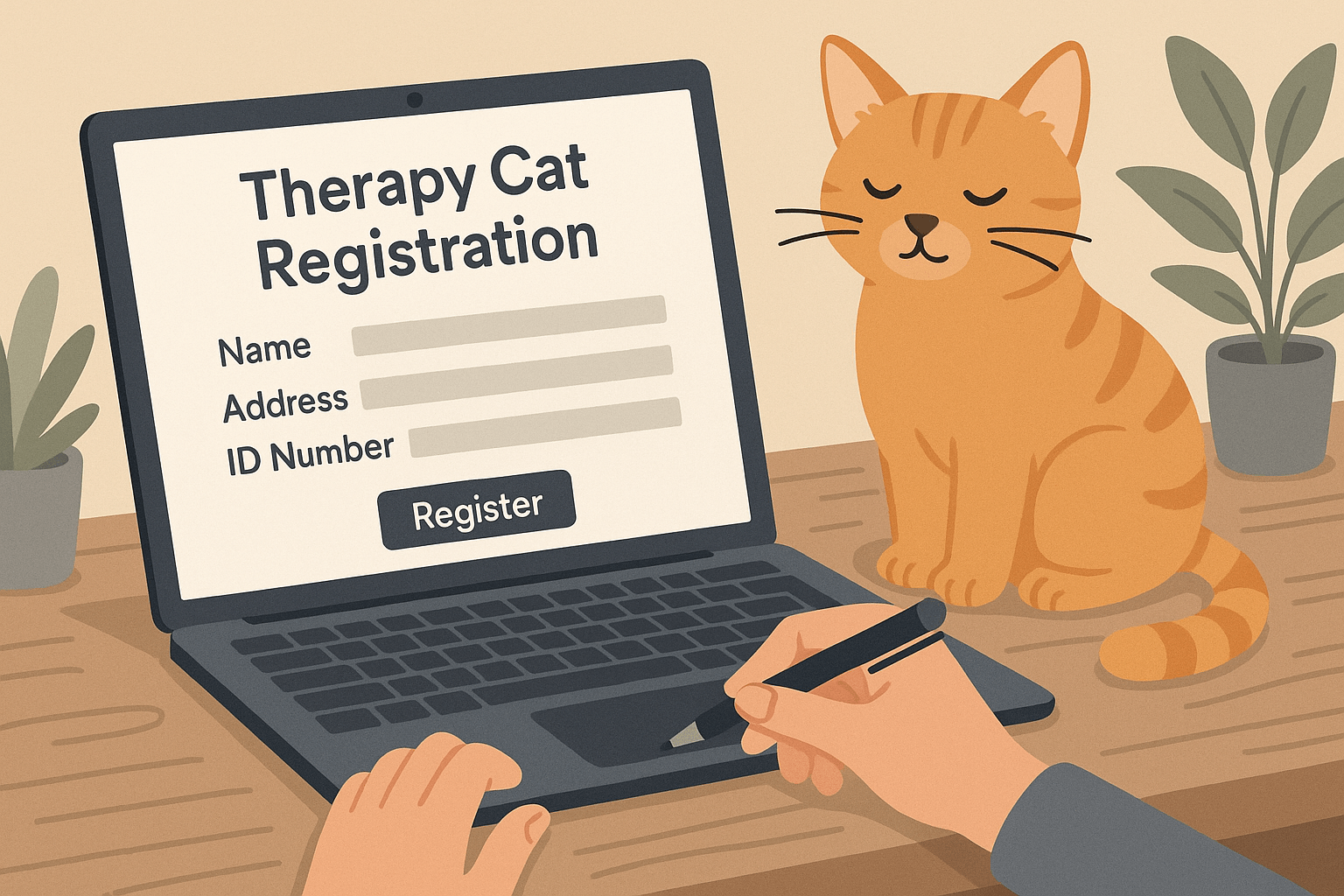Can Cats Eat Rice?
When it comes to feeding your feline friend, you may wonder whether human foods like rice are safe for cats. As obligate carnivores, cats have specific dietary needs that prioritize protein, but they can occasionally enjoy small amounts of certain grains, including rice. However, understanding how and when to introduce rice into their diet is essential to ensure their health and well-being. In this blog post, we’ll explore whether cats can eat rice, the potential benefits and risks, and how to incorporate it safely into their meals. Whether you’re curious about rice as an occasional treat or a bland food option during illness, this guide will provide all the answers you need.
Is Rice Safe for Cats to Eat?
While rice isn’t a natural part of a cat’s diet, it can be a safe and digestible option in moderation. Here’s what you need to know about feeding rice to your cat.
Plain Rice Only:
Always serve plain, cooked rice without added salt, butter, spices, or seasonings, which can upset your cat’s stomach.Easily Digestible:
Rice is gentle on the digestive system, making it a good option for cats recovering from gastrointestinal issues like diarrhea.Low Nutritional Value for Cats:
While rice provides carbohydrates and some fiber, it lacks essential nutrients like protein and taurine that cats require.Never Replace Their Regular Diet:
Rice should never replace a balanced, protein-rich diet designed specifically for cats.Consult Your Veterinarian First:
Before introducing rice, check with your vet to ensure it’s appropriate for your cat’s individual health needs.
In moderation, rice can be a safe addition to your cat’s diet, but it should always complement—not replace—their regular meals.
Benefits of Feeding Rice to Cats (When Done Correctly)
Though rice isn’t a dietary necessity for cats, it can offer some benefits when used appropriately. Here’s how rice might positively impact your cat’s health.
Helps Settle Upset Stomachs:
Plain rice can help firm up stools and ease digestive discomfort in cats experiencing mild diarrhea or vomiting.Provides Quick Energy:
The carbohydrates in rice can act as a temporary energy source, especially if your cat is feeling under the weather.Pairs Well with Protein Sources:
Mixing rice with boiled chicken or turkey creates a bland yet nutritious meal for sick or finicky cats.Free of Harmful Additives:
Plain rice is free from ingredients that could harm your cat, such as onions, garlic, or artificial flavors.Easy to Prepare at Home:
Rice is simple to cook and store, making it a convenient option for pet owners looking for quick solutions.
While these benefits exist, rice should only be given occasionally and as part of a broader plan to support your cat’s overall health.
Check this guide 👉Can Cats Eat Hyacinth? Best 7 Expert Tips!
Check this guide 👉Can Cats Eat Begonias? Best 7 Expert Tips!
Check this guide 👉Can Cats Eat Aloe Vera Gel? Best 7 Expert Tips!
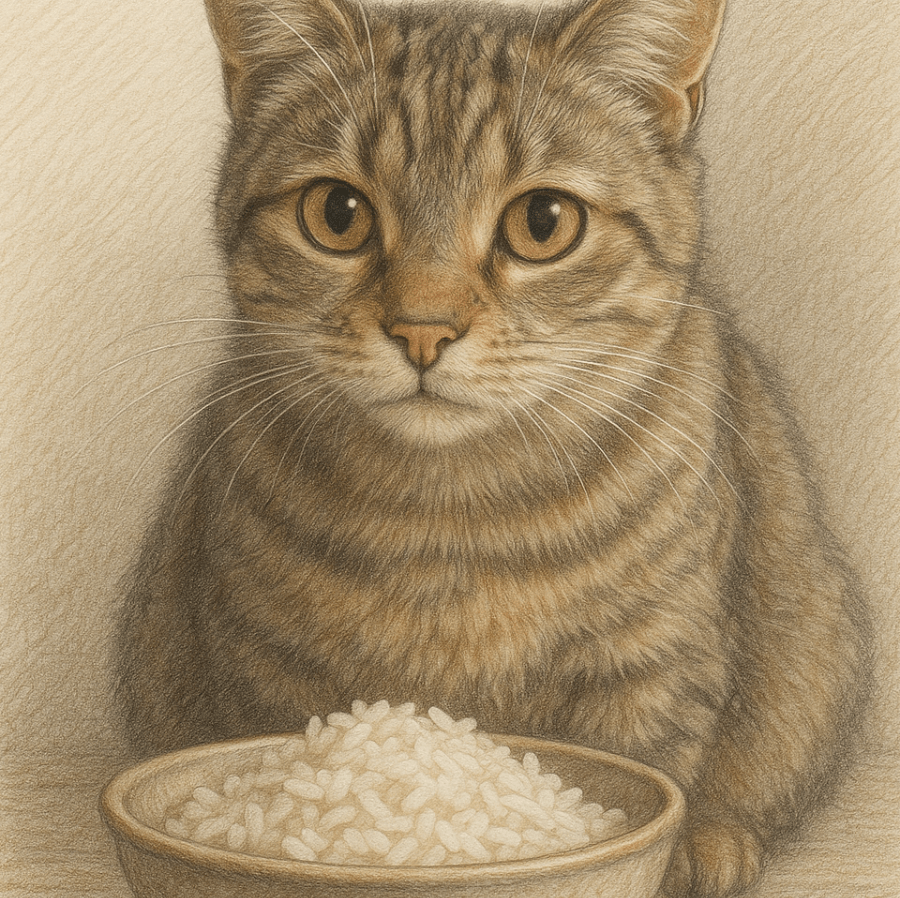
Safe Ways to Serve Rice to Cats | Risks of Feeding Rice Improperly |
|---|---|
Plain, cooked white or brown rice | Adding seasoning like salt or spices |
Mixed with lean protein like chicken | Overfeeding rice instead of protein |
Served in small portions as a treat | Giving raw or uncooked rice |
Used temporarily for digestive issues | Ignoring signs of food intolerance |
Prepared without oil or butter | Offering rice daily as a staple food |
How to Introduce Rice to Your Cat’s Diet Safely
If you decide to feed rice to your cat, it’s important to follow proper guidelines to avoid any adverse effects. Here’s how to introduce rice safely.
Start with Small Portions:
Begin by offering a teaspoon of plain rice mixed with their regular food to see how they react.Cook Thoroughly:
Ensure the rice is fully cooked and soft, as raw or undercooked rice can be difficult to digest.Avoid Seasonings:
Never add salt, butter, spices, or sauces, as these can irritate your cat’s digestive system.Monitor for Allergies or Intolerances:
Watch for symptoms like vomiting, diarrhea, or lethargy after introducing rice, indicating a possible intolerance.Use as a Temporary Solution:
Rice should only be used occasionally, such as during illness recovery, rather than as a long-term dietary component.
By following these steps, you can minimize risks and ensure your cat enjoys rice safely.
Signs Your Cat May Not Tolerate Rice
Not all cats will tolerate rice well, even when served plain and in small amounts. Look out for these warning signs that indicate your cat may not handle rice properly.
Vomiting or Diarrhea:
These symptoms suggest that rice may be upsetting your cat’s stomach or causing an allergic reaction.Loss of Appetite:
If your cat refuses to eat after trying rice, it could signal discomfort or disinterest in the new food.Excessive Gas or Bloating:
Rice can sometimes cause digestive disturbances, leading to gas or bloating in sensitive cats.Lethargy or Discomfort:
A sudden lack of energy or signs of pain may indicate an adverse reaction to rice.Persistent Gastrointestinal Issues:
If symptoms persist after discontinuing rice, consult your veterinarian to rule out underlying conditions.
Recognizing these signs early allows you to adjust your cat’s diet promptly and prevent further complications.
Common Mistakes to Avoid When Feeding Rice to Cats
Feeding rice to your cat requires careful attention to detail to avoid mistakes that could harm their health. Here are some common pitfalls to watch out for.
Adding Seasonings or Spices:
Salt, garlic, and other seasonings can irritate your cat’s stomach or even be toxic.Overfeeding Rice:
Too much rice can lead to malnutrition by displacing vital nutrients in your cat’s diet.Offering Raw Rice:
Uncooked rice is hard to digest and may contain harmful bacteria or contaminants.Ignoring Food Intolerances:
Some cats simply can’t tolerate rice, regardless of how it’s prepared.Using Rice as a Staple Food:
Rice lacks the nutrients cats need to thrive and should never replace their regular meals.
Avoiding these mistakes ensures your cat enjoys rice safely and without complications.
Alternatives to Rice for Cats with Digestive Issues
If your cat doesn’t tolerate rice well, there are other bland, easily digestible options to consider. These alternatives can help soothe upset stomachs without risking adverse reactions.
Boiled Chicken:
Plain, boneless, and skinless chicken is rich in protein and gentle on the stomach.Pumpkin Puree:
Canned pumpkin (not pumpkin pie filling) is high in fiber and helps regulate digestion.Sweet Potatoes:
Cooked and mashed sweet potatoes provide vitamins and fiber in a digestible form.Oatmeal:
Plain, cooked oatmeal is another bland carbohydrate source that many cats tolerate well.Bone Broth:
Low-sodium, unseasoned bone broth hydrates and soothes the digestive tract.
These alternatives offer variety and flexibility for managing your cat’s dietary needs.
Understanding Your Cat’s Dietary Needs
Cats are obligate carnivores, meaning their bodies are designed to thrive on a diet primarily composed of animal-based proteins. Understanding their unique nutritional requirements helps you make informed choices about their diet.
High Protein Requirements:
Cats need a diet rich in animal protein to support muscle development and overall health.Essential Amino Acids:
Taurine, an amino acid found in meat, is crucial for heart and eye health and cannot be synthesized by cats.Limited Carbohydrate Tolerance:
Unlike humans, cats have little need for carbohydrates and may struggle to process large amounts.Hydration Needs:
Cats have low thirst drives, so wet food or water-rich foods help maintain hydration.Individual Preferences:
Every cat is different, and their dietary preferences and tolerances can vary widely.
By aligning your cat’s diet with their natural needs, you ensure they live a long, healthy, and happy life.
Frequently Asked Questions About Cats and Rice
Can cats eat brown rice?
Yes, brown rice is safe for cats in small amounts, but it may be harder to digest than white rice due to its higher fiber content.
How much rice can I give my cat?
Limit rice to no more than 10% of their total meal, ensuring the majority remains protein-based.
Is rice a complete meal for cats?
No, rice lacks essential nutrients like taurine and protein that cats need to thrive. It should only supplement their diet.
Can kittens eat rice?
Kittens have sensitive digestive systems, so it’s best to avoid rice unless recommended by a veterinarian.
What if my cat accidentally eats seasoned rice?
Monitor them closely for signs of illness. Contact your vet if they show symptoms like vomiting or diarrhea.
Feeding Rice to Cats: Proceed with Caution
While rice can be a safe and occasional addition to your cat’s diet, it’s not a substitute for their primary nutritional needs. Understanding how to serve rice properly and recognizing potential risks ensures your cat stays healthy and happy. Always prioritize high-quality, protein-rich food and consult your veterinarian before making significant changes to your cat’s diet. By doing so, you’ll provide your feline companion with the care and nutrition they deserve while avoiding unnecessary dietary pitfalls.
Is the Rubber Tree Cat Safe? Best 7 Expert Tips! Discover expert advice on keeping rubber plants safely in cat-friendly homes and learn top tips for pet-safe plant care.
Low Red Blood Cell Count in Cats: Best 7 Expert Tips! Discover causes, symptoms, and treatment options for feline anemia. Learn how to support your cat’s health effectively with expert advice.
Understanding Megacolon Treatment: Best 7 Expert Tips! Discover effective strategies to manage feline megacolon, from dietary changes to surgical options, ensuring your cat’s comfort and long-term health.
How to Register a Therapy Cat: Best 7 Expert Tips! Discover essential steps to certify your cat as a therapy animal, prepare them for training, and make a meaningful impact in therapeutic settings.

